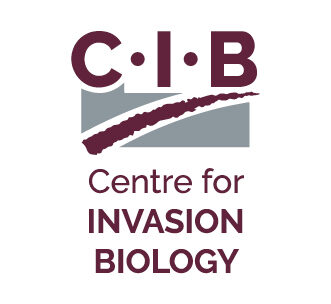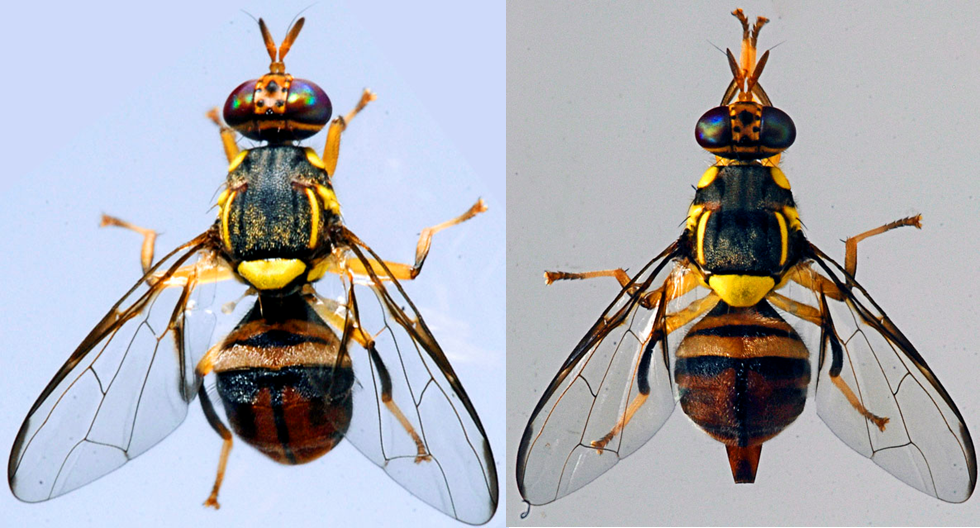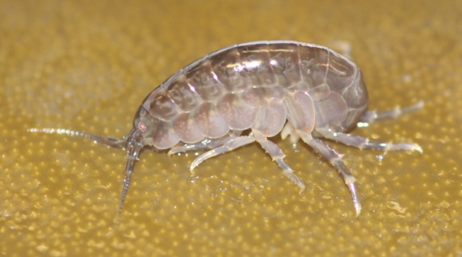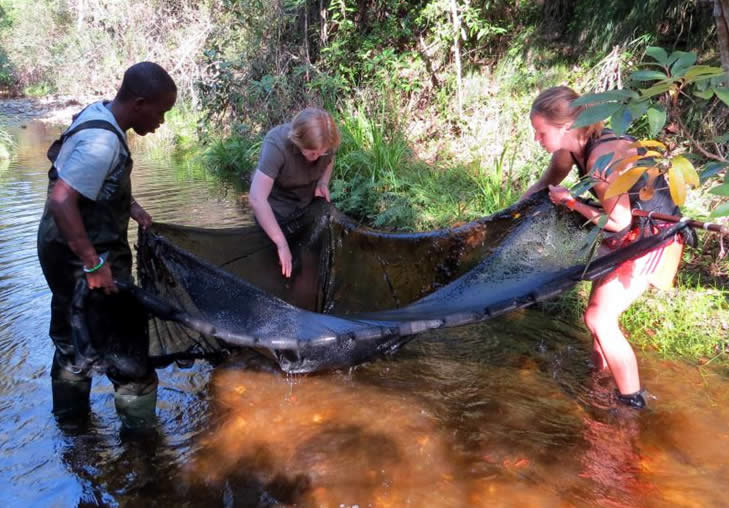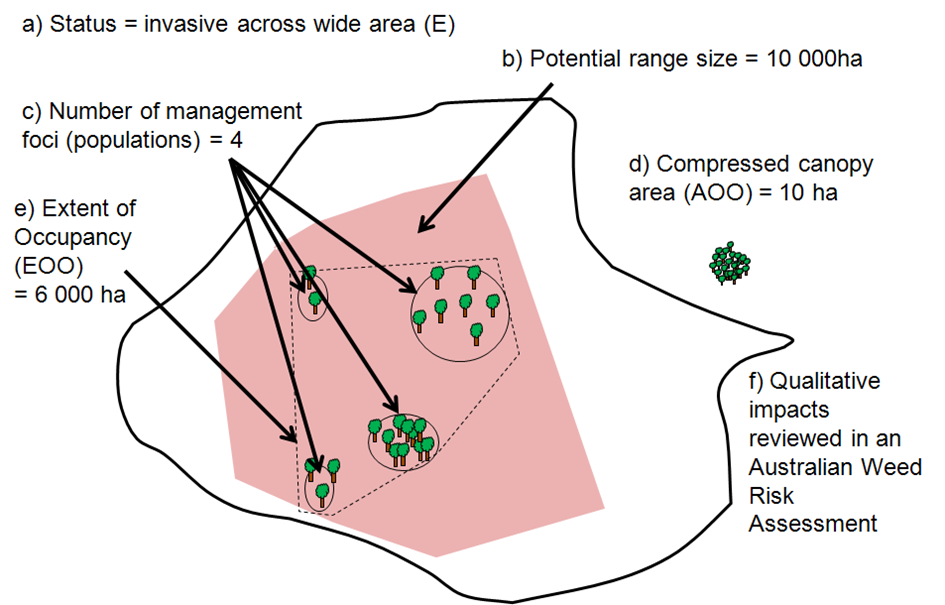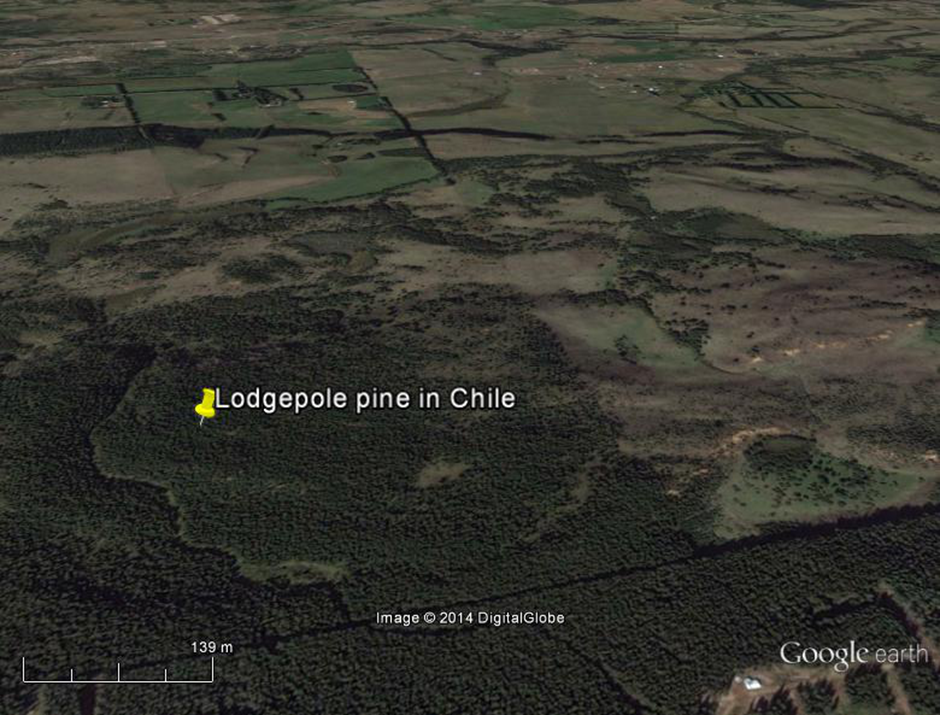Understanding fruit fly Bactrocera invadens invasions in South Africa
Fruit flies are major economic pests throughout the world, causing huge economic losses to commercial fruit production. Some of the most notorious invasive species cause widespread damage by puncturing the fruit during egg laying and leaving the larvae to develop in the fruit.
